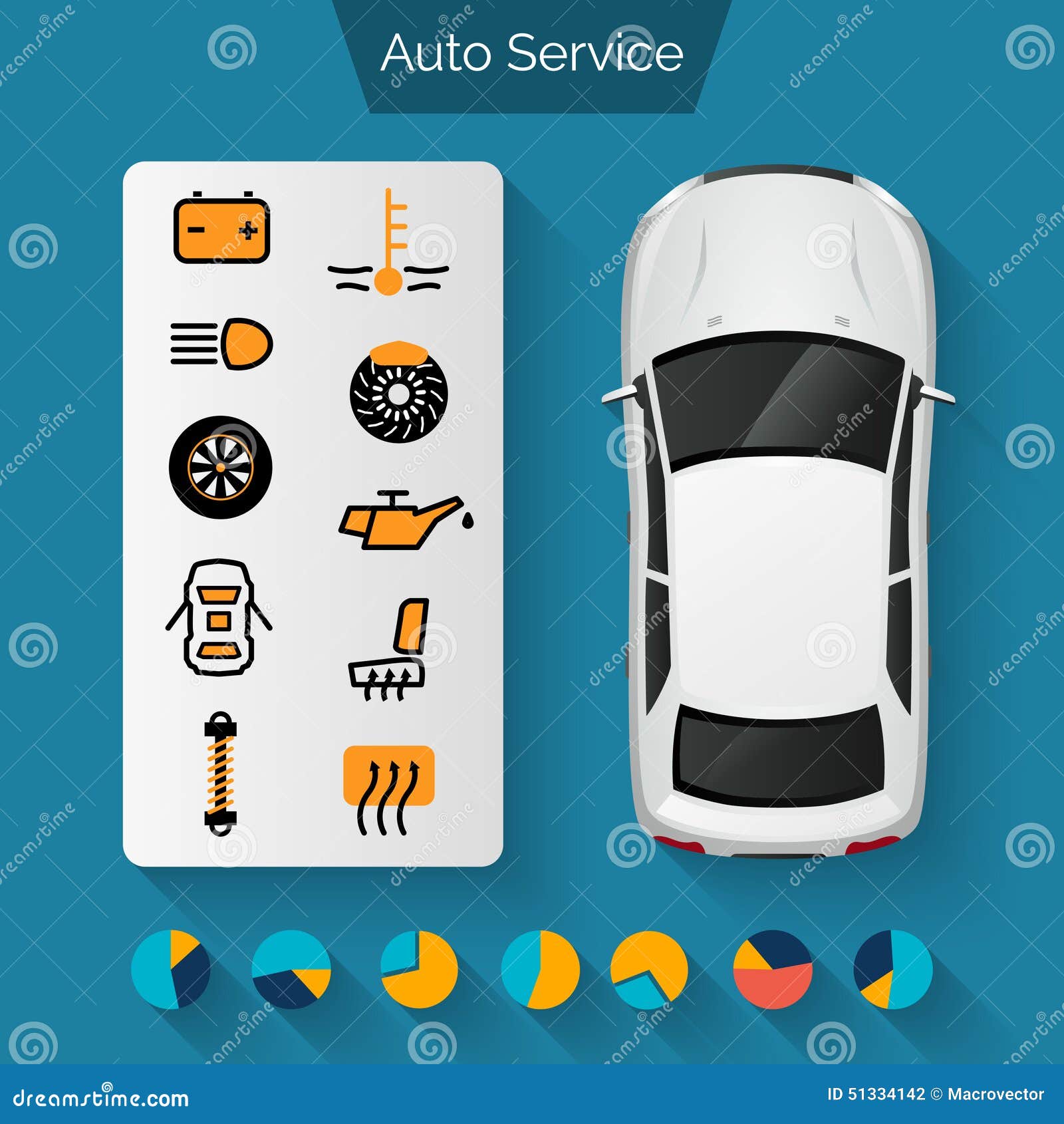Assessing Your Auto'S Caution Indicators: What They Really Share
Assessing Your Auto'S Caution Indicators: What They Really Share
Blog Article
Short Article Created By-Vinson Torres
When you lag the wheel, those radiant caution lights on your control panel can be a bit bewildering. Do you know what they're attempting to inform you about your automobile's wellness? Recognizing the value of these lights is important for your security and the longevity of your automobile. So, the next time one of those lights appears, would not you want to decipher its message accurately and take the necessary actions to address it?
Common Warning Lights and Interpretations
Recognize typical caution lights in your automobile and understand their significances to make sure safe driving.
One of the most normal caution lights consist of the check engine light, which signifies problems with the engine or emissions system. If this light begins, it's important to have your automobile examined without delay.
detaiking alerting light suggests low oil stress, needing instant attention to stop engine damages.
A blinking battery light may recommend a damaged billing system, potentially leaving you stranded if not addressed.
The tire pressure surveillance system (TPMS) light alerts you to low tire pressure, impacting car security and fuel effectiveness. Disregarding this might result in risky driving problems.
The ABS light suggests a trouble with the anti-lock stopping system, jeopardizing your capacity to stop promptly in emergency situations.
ppf film near me but not least, the coolant temperature level alerting light warns of engine getting too hot, which can lead to severe damage if not settled swiftly.
Understanding these typical warning lights will assist you resolve issues without delay and keep safe driving problems.
Significance of Prompt Interest
Understanding the usual caution lights in your cars and truck is just the primary step; the significance of quickly addressing these cautions can't be stressed sufficient to guarantee your safety on the road.
When a warning light illuminates on your control panel, it's your auto's way of connecting a prospective problem that requires interest. Overlooking these cautions can cause extra extreme issues down the road, jeopardizing your safety and potentially costing you more out of commission.
Prompt interest to warning lights can stop break downs and accidents. As an example, a flashing check engine light can show a misfire that, if left neglected, can trigger damages to the catalytic converter. Addressing this quickly can conserve you from an expensive repair service.
Similarly, a brake system alerting light might signify reduced brake fluid or used brake pads, essential elements for your safety when driving.
Do It Yourself Troubleshooting Tips
If you notice a warning light on your control panel, there are a couple of DIY troubleshooting tips you can try prior to seeking expert aid.
The first step is to consult your vehicle's handbook to understand what the certain warning light indicates. Sometimes the problem can be as simple as a loosened gas cap setting off the check engine light. Tightening the gas cap may settle the trouble.
Another typical problem is a low battery, which can set off different cautioning lights. Checking the battery connections for deterioration and ensuring they're safe and secure might take care of the problem.
If a warning light lingers, you can try resetting it by disconnecting the cars and truck's battery for a couple of minutes and then reconnecting it. Furthermore, checking your car's liquid levels, such as oil, coolant, and brake liquid, can aid troubleshoot warning lights associated with these systems.
Conclusion
Finally, recognizing your automobile's caution lights is essential for maintaining your automobile running efficiently and securely. By without source website dealing with these alerts and understanding what they imply, you can avoid costly repair work and possible failures.
Remember to consult your automobile's handbook for certain information on each advising light and do something about it accordingly to make certain a trouble-free driving experience.
Keep notified, stay safe when traveling!
